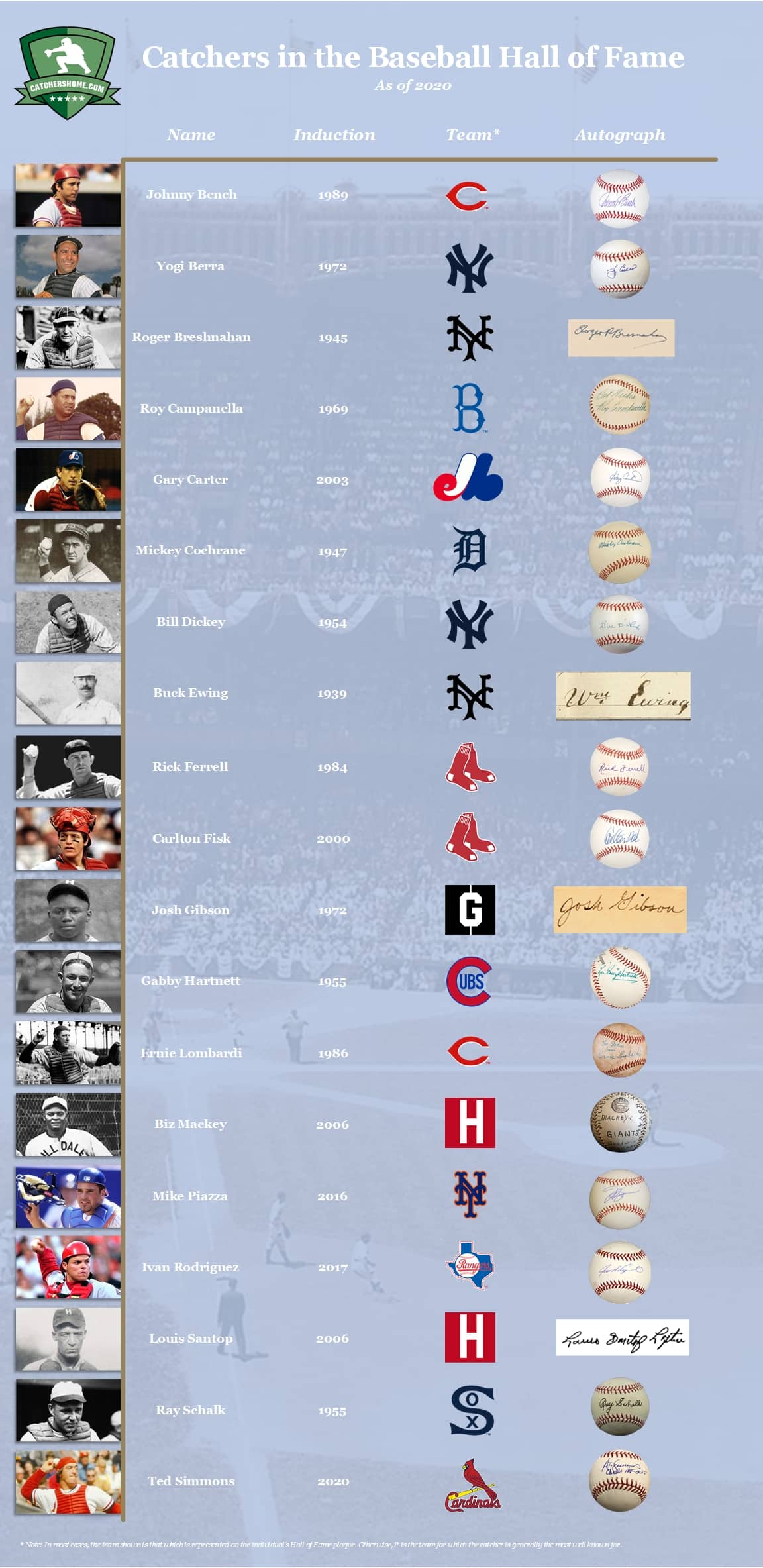Catchers in the Hall of Fame
The National Baseball Hall of Fame is in Cooperstown, New York, and believe me, it is a fascinating place. In fact, it is hands down the coolest museum I've been to and is arguably one of my most memorable Baseball experiences.
Maybe I feel this way because I'm a self avowed Baseball history nerd.
Regardless, it's simply a magical place.
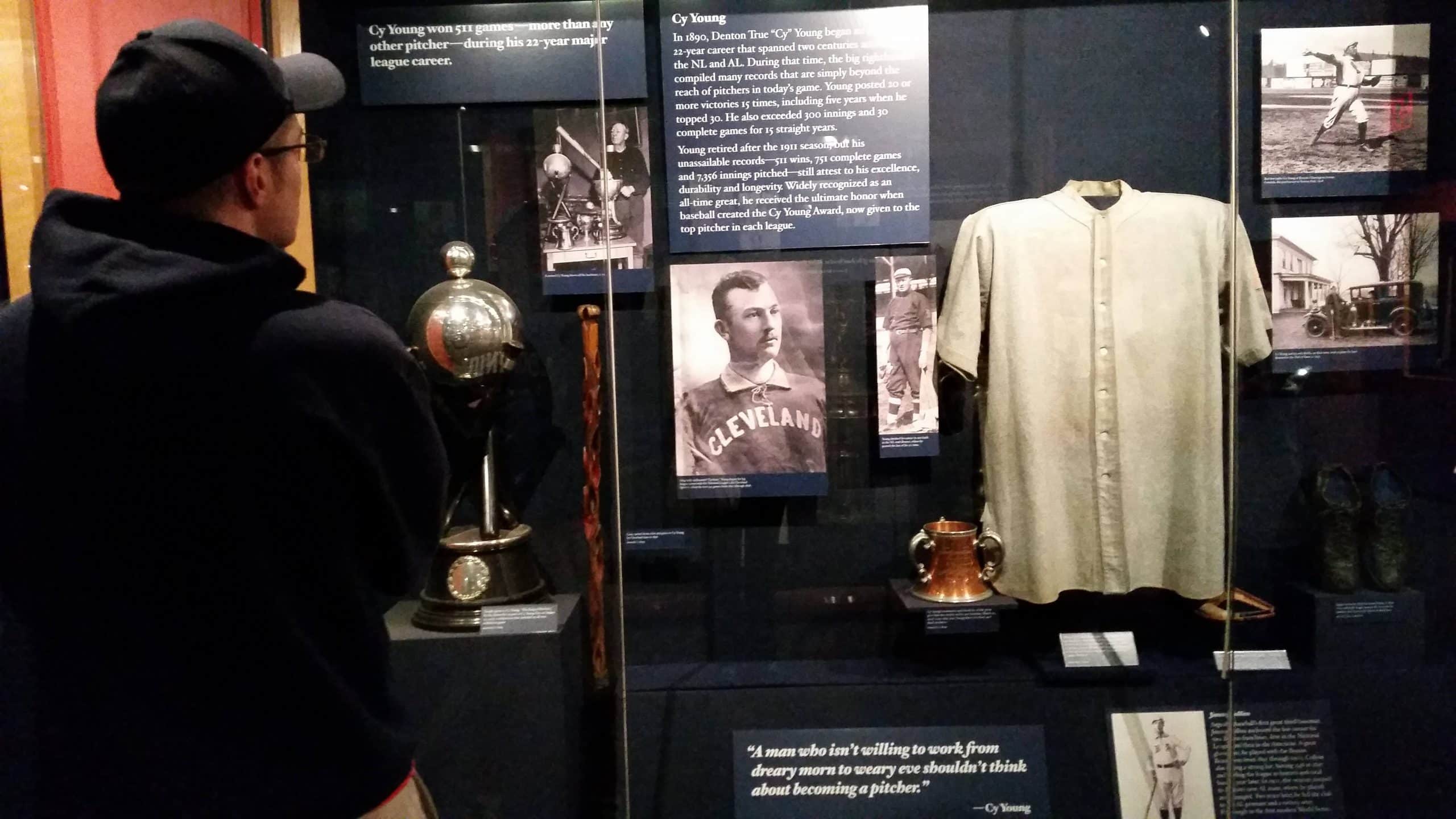
If I can be awestruck by the place as just a random fan, I can only imagine the immense pride one must feel to have been inducted into the Hall of Fame. Your status is cemented as a Baseball immortal. A legend.
This article examines those legends of the greatest game on earth, by specifically taking a closer look at an incredibly elite group - catchers in the Hall of Fame.
How Many Catchers are in the Hall of Fame?
Are you wondering how many catchers are in the Hall of Fame? There are approximately 19 Hall of Fame catchers, as of June 2022.
There are 333 elected members of the National Baseball Hall of Fame as of June 2022, so catchers make up a little more than 5 percent of those inductees.
Keep reading to learn about the 19 members of this elite group.
Hall of Fame Catchers - Infographic
I created an Infographic to visually show all of the catchers in the Hall of Fame (National Baseball Hall of Fame in Cooperstown, NY), along with some key information about these men.
Please note that the logo corresponding with the inductee's name is the team that the particular inductee is representing on the cap of their Hall of Fame plaque. However, if no team is represented, then the logo simply represents the team that the inductee was (arguably) most well known for.
Additionally, this infographic and the corresponding profile represents those who were elected to the Hall of Fame as catchers.
For example, Joe Torre was a catcher but was elected to the Hall of Fame as a Manager. Also, Craig Biggio was a catcher in the early part of his career, though for the majority of his career he was a second baseman.
So check out the infographic to learn more - and please share it with others who might be interested!
To enlarge this Infographic, simply click on or tap the image to open a new page, then click on or tap again to zoom in.
Note: If you share this Infographic, please link back to this post. Thank you!
Hall of Fame Catchers - The Complete List
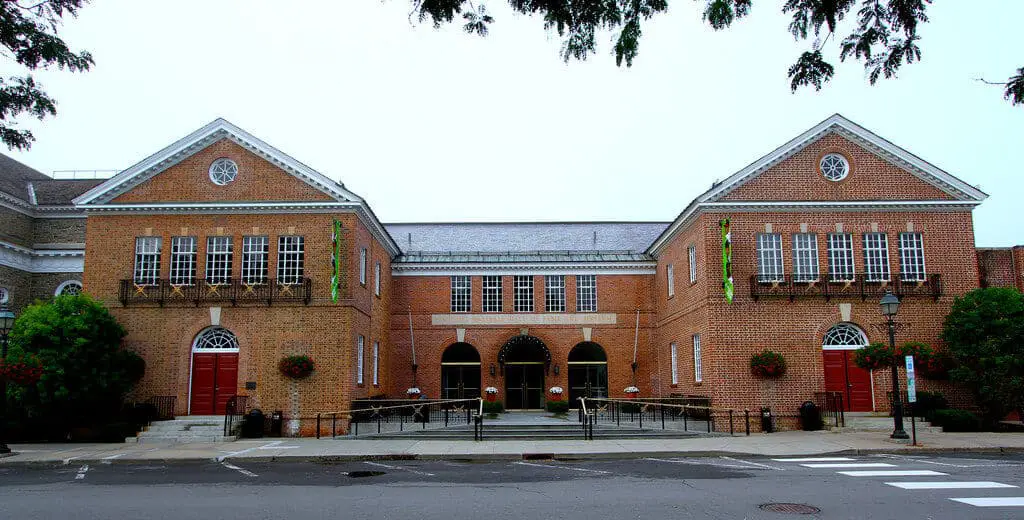
Inducted into the Baseball Hall of Fame, Cooperstown, NY
-
-
-
- Johnny Bench: Cincinnati Reds, 1967 - 1983. A two time NL MVP and the star backstop for the Cincinnati Reds dynasty which won two World Series in the mid 70's. Elected to the Hall of Fame on the first ballot in 1989.
- Yogi Berra: New York Yankees, 1946 - 1963; New York Mets, 1965. Legendary New York Yankees catcher and an expert in creating hilarious, paradoxical statements. A three time AL MVP and a ten time World Series winner as a player. He also managed and coached from the 60's through 80's for the Yankees, Mets and Astros, winning three more World Series as a coach.
- Roger Bresnahan: Washington Senators, 1897; Chicago Orphans, 1900; Baltimore Orioles, 1901 - 1902; New York Giants, 1902 - 1908; St. Louis Cardinals, 1909 - 1912; Chicago Cubs, 1913 - 1915. One of the few catchers who was so fast that he was used as the leadoff man. Bresnahan was the first popular catcher in the MLB to regularly wear Leg Guards.
- Roy Campanella: Brooklyn Dodgers, 1948 - 1957. One of the best all around catchers of all time, excellent in both offense and defense. Earned two NL MVP awards and won the World Series with Brooklyn in 1955. Campanella threw out 57% of those who tried to steal on him, which is the highest percentage of any catcher in MLB history.
- Gary Carter: Montreal Expos, 1974 - 1984, 1992; New York Mets, 1985 - 1989; San Francisco Giants, 1990; Los Angeles Dodgers, 1991. An 11 time All Star, three time Gold Glove winner and a World Series champion with the New York Mets in 1986. Carter had a reputation for making clutch hits in important games.
- Mickey Cochrane: Philadelphia Athletics, 1925 - 1933; Detroit Tigers, 1934 - 1937. Cochrane was an all around athlete and a spectacular hitter, with a career batting average of .320. He won three World Series, his last in 1935 as both player and manager of the Tigers.
- Bill Dickey: New York Yankees, 1928 - 1943, 1946. Dickey was a member of legendary New York Yankees teams on which he won seven World Series during his playing career. He batted better than .300 11 times over his big league career.
- Buck Ewing: Troy Trojans, 1880 - 1882; New York Gothams/Giants, 1883 - 1889; New York Giants, 1890 - 1892; Cleveland Spiders, 1893 - 1894; Cincinnati Reds, 1895 - 1897. Ewing was the best catcher of his age, way back before catchers wore any protective gear. He had an outstanding throwing arm, and was such a fast runner that he ended his professional career with 354 stolen bases.
- Rick Ferrell: St. Louis Browns, 1929 - 1933, 1941 - 1943; Boston Red Sox, 1933 - 1937; Washington Senators, 1937 - 1941, 1944 - 1945, 1947. One of the top catchers in the American League during his era, Ferrell was an 8 time all star with a career .281 average. He caught 4 starting pitchers who were knuckleballers while with the Senators.
- Carlton Fisk: Boston Red Sox, 1969, 1971 - 1980; Chicago White Sox, 1981 - 1993. An incredibly durable catcher who played for 24 MLB seasons, Fisk was an 11 time all star who hit one of the most famous home runs in major leagues history - waving the ball fair to win game six for the Red Sox in the 1975 World Series.
- Josh Gibson: Homestead Grays, 1930 - 1931, 1937 - 1939, 1942 - 1946; Pittsburgh Crawfords, 1932 - 1936; Dragones de Ciudad Trujillo, 1937; Azules de Veracruz, 1940 - 1941. Arguably the most famous player in Negro Leagues history and one of the best power hitters of all time. Because he was such a great hitter, many people tend to overlook the fact that Gibson was a catcher - and a good one at that, known to have had a very powerful arm.
- Gabby Hartnett: Chicago Cubs, 1922 - 1940; New York Giants, 1941. The NL MVP in 1935, Hartnett was a solid hitter but was arguably best known for his defensive excellence. He had the highest fielding average for catchers in 100 or more games over 7 seasons. Fun fact: he once gained notoriety during a Cubs game for getting his picture taken while signing an autograph for notorious mobster Al Capone.
- Ernie Lombardi: Brooklyn Robins, 1931; Cincinnati Reds, 1932 - 1941; Boston Braves, 1942; New York Giants, 1943 - 1947. Lombardi was very slow - yet such a good hitter that he ended his career with a .306 average. He played on 8 all star teams, was the 1938 NL MVP, and won the World Series in 1940 with the Cincinnati Reds.
- Biz Mackey: St. Louis Giants, 1920; Indianapolis ABCs, 1920 - 1922; Hilldale Giants, 1923 - 1931; Philadelphia Stars, 1933 - 1935, 1937; Newark Eagles, 1939 - 1947. The premier catcher of the Negro Leagues during the 1920's, Mackey was an all around athlete who could play any position. He was known as a leader on the field and was strong both defensively and offensively, with a lifetime batting average of .328.
- Mike Piazza: Los Angeles Dodgers, 1992 - 1998; Florida Marlins, 1998; New York Mets, 1998 - 2005; San Diego Padres, 2006; Oakland Athletics, 2007. Piazza was excellent offensively, hitting over 400 home runs and owning a career batting average of .308. He was the NL Rookie of the Year while with the Dodgers in 1993, and he was on 12 NL all star teams.
- Ivan Rodriguez: Texas Rangers, 1991 - 2002, 2009; Florida Marlins, 2003; Detroit Tigers, 2004 - 2008; New York Yankees, 2008; Houston Astros, 2009; Washington Nationals, 2010 - 2011. Rodriguez was an outstanding catcher both offensively and defensively. He holds the record for most games caught at 2,427 games and he earned 13 Gold Glove awards. He has the most hits of any catcher in major league history (2,844), was selected to 14 all star teams, and won the AL MVP award in 1999.
- Louis Santop: Philadelphia Giants, 1911; New York Lincoln Giants, 1912, 1914 - 1916; Brooklyn Royal Giants, 1917 - 1918, 1919; Hilldale Daisies, 1918, 1919 - 1926. A lifetime .330 hitter, Santop was a powerful batter and a tough out while playing in the Negro Leagues. He also had an incredibly strong arm. One story even has him throwing a baseball from home plate over the centerfield wall, just for show, during pre game warmups.
- Ray Schalk: Chicago White Sox, 1912 - 1928; New York Giants, 1929. Schalk was arguably the best defensive catcher of the early 20th century. Though he was a member of the 1919 "Black Sox" team that threw the World Series, he was absolved of any wrongdoing. Interestingly, Schalk is also known as the first professional catcher to regularly back up throws to first base.
- Ted Simmons: St. Louis Cardinals, 1968 - 1980; Milwaukee Brewers, 1981 - 1985; Atlanta Braves, 1986 - 1988. Simmons is the most recent catcher to be inducted into the Hall of Fame, elected by the Modern Baseball Era Committee in December 2019. He was a member of the Hall's class of 2020, and as such, Simmons was the last catcher to have made the Baseball Hall of Fame. Simmons stood out in his career not only for his performance behind the plate but for his bat, finishing as a top 3 all time leader among catchers in hits, doubles and RBIs.
-
Catchers Likely to be Inducted in the Next 10 Years
There are a handful of current and recently retired catchers who are practically a lock for Cooperstown, in our opinion.
In our humble opinion, the top three catchers most likely to be inducted into the Hall of Fame in the next ten years or less are as follows:
- Joe Mauer The best catcher in Minnesota Twins history, Mauer is the only catcher in history to have won three batting titles. He won the 2009 AL MVP, collected over 2,000 career hits, won three gold gloves and five silver sluggers. Oh, and he finished his 15 year MLB career with a lifetime batting average north of .300. Joe Mauer will be eligible for election to the Hall of Fame in 2024.
- Buster Posey. The top catcher to ever wear a San Francisco Giants uniform is Buster Posey. Though he had a relatively short MLB career (12 years), he had one of the most productive eight-year runs of any catcher in history. Between 2010 and 2017, Posey won three World Series championships, earned NL Rookie of the Year and NL MVP honors, and he collected nearly 1,200 hits and hit .309 over this span. Buster Posey will be eligible to be inducted in the Hall of Fame in 2027.
- Yadier Molina. St. Louis Cardinals great Yadier Molina is an incredible defensive catcher, with nine gold gloves (and four platinum gloves) to his name. He's not too bad with the bat, either. In fact, he is eighth all-time among majority catchers in lifetime hits, with 2,140 (as of the date of publication). He's had ten all-star nods and also won two World Series championships. Yadi will be eligible for induction into the Hall of Fame in 2028.
-
Canadian Baseball Hall of Fame

The Canadian Baseball Hall of Fame and Museum is dedicated to remembering great ballplayers and personalities from Canada (including those who played on Canadian teams), as well as recognizing other Canadian contributions to the game.
It is located in the town of St. Marys, Ontario, which is roughly halfway between Detroit and Toronto.
There are 135 inductees to the Canadian Baseball Hall of Fame, as of 2022.
Of those inductees, 7 of them - or roughly 5 percent - are catchers. Those 7 catchers in the Canadian Baseball Hall of Fame are listed below:
- Jimmy Archer: Pittsburgh Pirates, 1904, 1918; Detroit Tigers, 1907; Chicago Cubs, 1909 - 1917; Brookyln Robins, 1918; Cincinnati Reds, 1918. Archer, who was born in Ireland but raised in Montreal and Toronto, was a strong defensive catcher known for having an incredibly powerful arm. He also had a reputation for being able to throw out runners while still squatting.
- Gary Carter: Carter is also enshrined in the National Baseball Hall of Fame. Please see profile above.
- Justin Jay Clarke: Detroit Tigers, 1905; Cleveland Naps, 1905 - 1910; St. Louis Browns, 1911; Philadelphia Phillies, 1919; Pittsburgh Pirates, 1920. Clarke's best season came in 1906, when he hit .358 in over 57 games for the Cleveland Naps. Clarke was an early advocate for wearing leg guards in games.
- George "Moon" Gibson: Pittsburgh Pirates, 1905 - 1916; New York Giants, 1917 - 1918. Gibson was a top catcher during his era, know for his strong defense and excellent arm. He played in 1,213 big league games and was a member of the World Series winning Pittsburgh Pirates team in 1909. After his playing career he worked as a manager for the Pirates and the Chicago Cubs.
- Larry McLean: Boston Americans, 1901; Chicago Cubs, 1903; St. Louis Cardinals, 1904, 1913; Cincinnati Reds, 1906 - 1912; New York Giants, 1913 - 1915. McLean, who played for 13 big league seasons, was the tallest catcher in MLB history at 6 ft 5 in. His best season came in 1907, when he hit .289 over 113 games for the Reds.
- William Shuttleworth: Young Canadians of Hamilton, and Maple Leaf (1854 - 1870s). Known as the Father of Canadian Baseball, Shuttleworth was a catcher as well as a major organizer and Baseball executive back in his day.
- Ernie Whitt: Boston Red Sox, 1976; Toronto Blue Jays, 1977 - 1978, 1980 - 1989; Atlanta Braves, 1990; Baltimore Orioles, 1991. Whitt hit double figures in Home Runs for eight straight seasons with the Blue Jays, and was elected to the 1985 AL all star team. After his playing career ended, Whitt managed the Canadian Baseball team in the 2004 Olympic games, the World Baseball Classic, and the Pan Am Games.
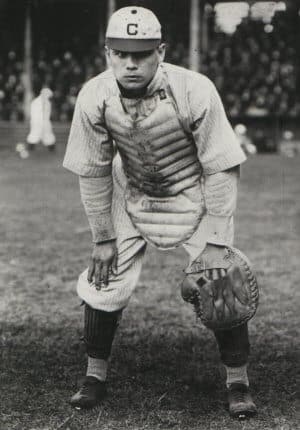
Latino Baseball Hall of Fame (Salón de la Fama del Béisbol Latino)
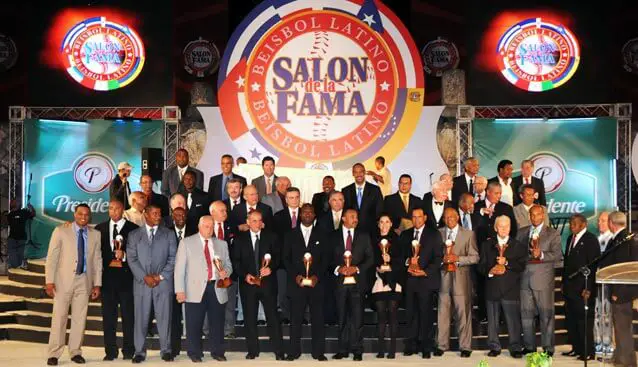
- Tony Peña: Pittsburgh Pirates, 1980 - 1986; St. Louis Cardinals, 1987 - 1989; Boston Red Sox, 1990 - 1993; Cleveland Indians, 1994 - 1996; Chicago White Sox, 1997; Houston Astros, 1997. Peña, who was born in the Dominican Republic, was a 5 time all star and earned the Gold Glove award 4 different times. He accumulated nearly 1,700 hits in the major leagues, and played nearly 2,000 MLB games.
- Jorge Posada: New York Yankees, 1995 - 2011. A career-long New York Yankee, Posada was an important member of four World Series wining Yankees teams. The Puerto Rican native also was a 5 time AL all star and won 5 Silver Slugger awards.
- Manny Sanguillén: Pittsburgh Pirates, 1967 - 1976, 1978 - 1980; Oakland Athletics, 1977. Sanguillén was a Panamanian catcher who made a name for himself catching on some excellent Pittsburgh Pirates teams. He has a lifetime batting average of .296, was a 3 time NL all star, and was a member of 2 World Series winning Pirates teams (1971 and 1979).
Japanese Baseball Hall of Fame
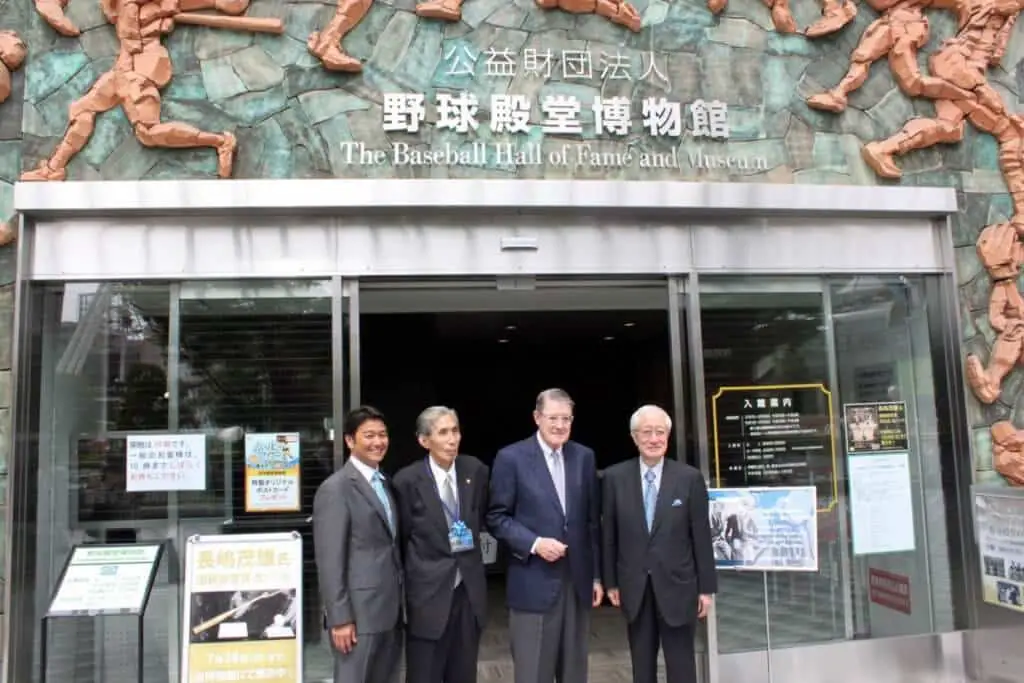
Japan has an illustrious and unique history of Baseball in the country, and this history is celebrated at the Japanese Baseball Hall of Fame and Museum.
The Japanese Baseball Hall of Fame opened in 1959, roughly 20 years after the National Baseball Hall in Cooperstown. It is currently located at the Tokyo Dome in Tokyo, Japan.
There are 207 members of the Japanese Baseball Hall of Fame, as of June 2022
. Of those 207, only 12 - or 5.8 percent - are catchers.
Those 12 catchers in the Hall of Fame are listed below:
- Shunichi Amachi: A catcher, umpire and manager in Japanese Professional Baseball. Amachi Managed the Chunichi Dragons to victory in the Japan Series in 1954.
- Atsuya Furuta: Had over 2,000 career hits, 10 Gold Gloves, and was a member of 4 Japan Series winning teams.
- Yasuhiro Itami: Was the star catcher for Waseda University, who later became an umpire and a manager during the World War II years.
- Tsutomu Ito: Ito was a defensive standout behind the plate, setting the record for most consecutive errorless chances by a catcher while playing for the Seibu Lions.
- Jiro Kuji: Elected to the first class of the Japenese Baseball Hall of Fame in 1959, Kuji was the starting catcher on the famous All Japan team that played Babe Ruth, Lou Gehrig and others in 1934.
- Masaaki Mori: The catcher for the Yomiuri Giants from 1955 - 1974, Mori was an 11 time all star in Nippon Professional Baseball.
- Rikuo Nemoto: Was the catcher for the Kintetsu Buffaloes in the 1950s, and later became a highly effective manager followed by GM for multiple teams.
- Katsuya Nomura: A power hitting catcher who had 657 lifetime home runs, Nomura was a 5 time MVP in the Pacific League and he won the Triple Crown in 1965.
- Genzaburo Okada: Was a star catcher at Meiji University, and later became a prominent manager in the pre war years.
- Zensuke Shimada: Was the catcher for Keio University then for Mita Club in Japan. Shimada hit a home run off of US Hall of Famer Waite Hoyt during a 1922 game against a team of MLB stars.
- Koichi Tabuchi: Was catcher for the Hanshin Tigers and Seibu Lions over his 16 professional seasons. He had a career .260 batting average with 1,532 hits and 474 home runs. After his career, Tabuchi was a manager, coach and broadcaster.
- Masaki Yoshihara: The well liked catcher for the Tokyo Giants was a great ballplayer and was known for his speed. However, his Baseball career was cut short when he got called into the military. Yoshihara died in 1944 while fighting in Burma.
Wrapping it up...
While the National Baseball Hall of Fame in Cooperstown, NY is the most well known, there are other Halls of Fame in existence.
In addition to the Canadian, Latin American and Japanese Baseball Halls of Fame, there are a number of others that we didn't go into detail in this article, including but not limited to:
The College Baseball Hall of Fame; Cuban Baseball Hall of Fame; Puerto Rican Baseball Hall of Fame; Salón de la Fama (Mexico); Salón de la Fama (Venezuela); Australia Baseball Hall of Fame; British Baseball Hall of Fame; Czech Baseball Hall of Fame; Dutch Baseball Hall of Fame; German Baseball Hall of Fame; Salón de la Fama (Spain); and the Italian Baseball Hall of Fame.
Keep in mind that there are also a number of minor league Halls of Fame, as well as team and/or University specific Halls of Fame.
In closing, the bottom line of the article is this: there is a small percentage of legendary, Hall of Fame catchers across the world who - over many years - left an incredible mark on the game of Baseball.
These great catchers should be remembered and celebrated, and I am personally grateful to the many Baseball Halls of Fame for doing so.
Scott Perry
Scott Perry is the owner and lead author at Catchers Home. He's a former baseball player, a current coach, a husband and a Dad. He remains as passionate about baseball today as he was as a kid.

